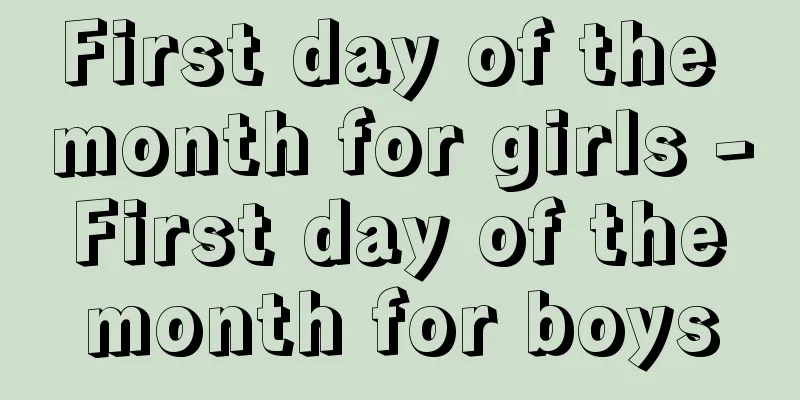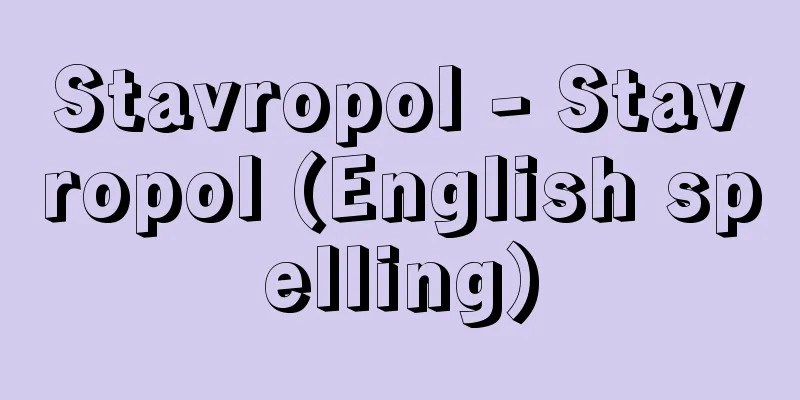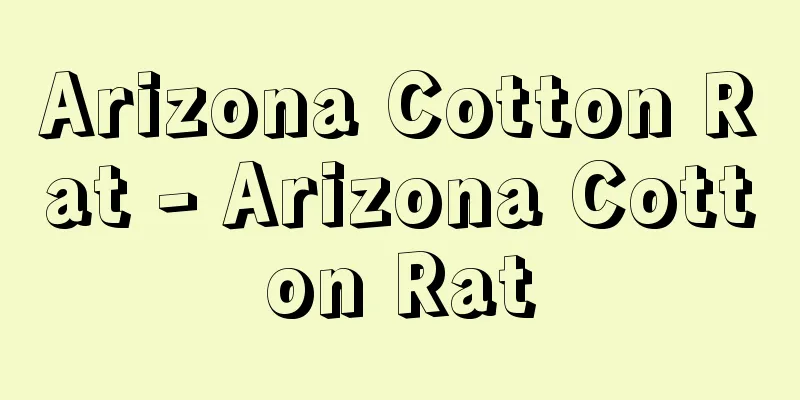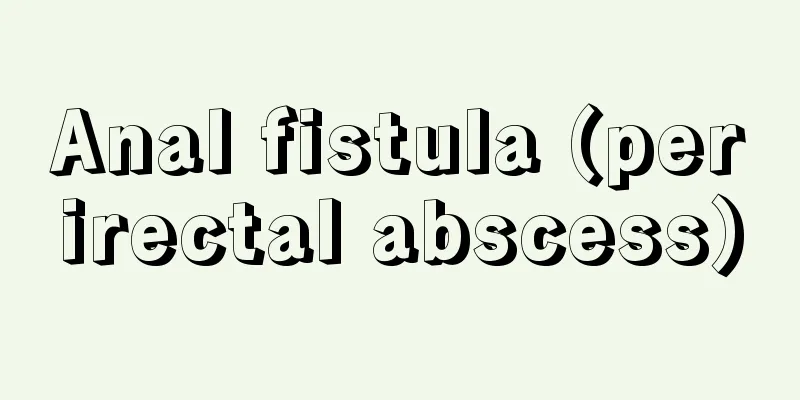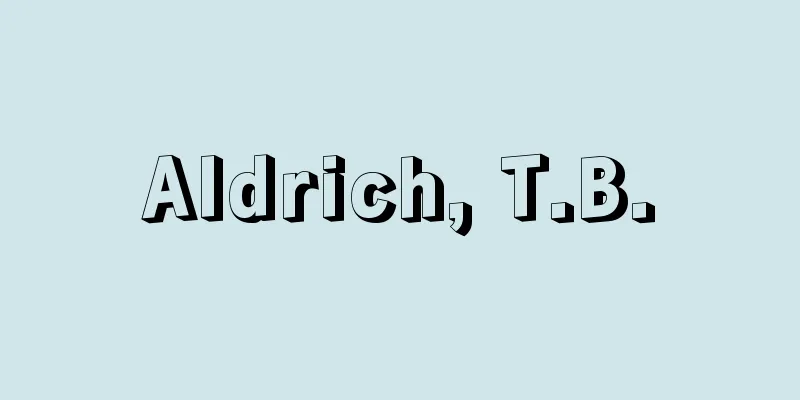Ancient Poetry - Koshi
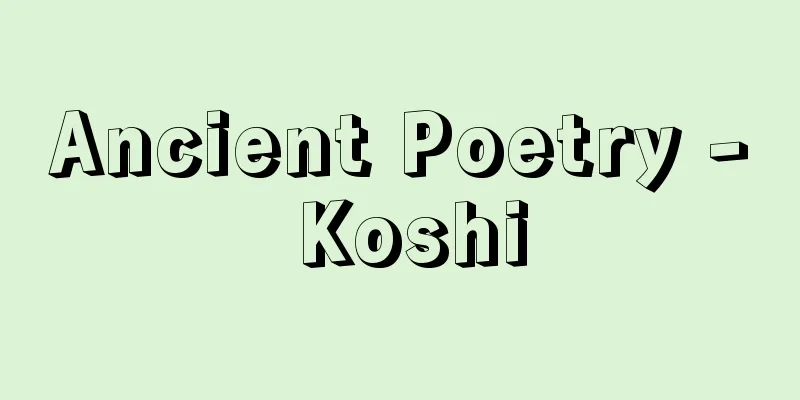
|
A type of classical Chinese poetry. Originally, it meant poetry from the Six Dynasties period or earlier, and mainly referred to poetry from the Han dynasty. Since the emergence of modern poetry (quasi-quasi and regulated poetry) in the Tang dynasty, it has come to mean ancient poetry in contrast to modern poetry. In other words, poetry that is not modern poetry is ancient poetry, but this usually has two meanings. The first refers to poetry before the establishment of modern poetry, that is, all poetry from ancient times to the Sui dynasty. However, it usually does not include poems from the Book of Songs and the Chu Ci. All of the collections of ancient poetry compiled in the Ming and Qing dynasties cover this type of ancient poetry. The second refers to poetry that does not follow the standards of modern poetry even after the establishment of modern poetry. In general, when comparing the style of ancient poetry with modern poetry, it is characterized by its freedom in all aspects. In other words, (1) there is no limit to the length of the lines, (2) there is no rule for using couplets like in regulated verse, and (3) the way in which rhymes are used is not like that of regulated verse, which uses a type of rhyme that belongs to a flat tone at the end of even-numbered lines (and sometimes also in the first line), but rather, it may use a subtle rhyme (a rhyme that belongs to an uneven tone), change rhymes midway through (alternative rhymes), or have a rhyme at the end of every line. Over the course of a long period of time, ancient poetry has come to be divided into a variety of types, from short ones of four or six lines to longer ones of over two hundred lines, from well-organized ones similar to kintai poetry to Gafu style, which includes lines of irregular length and number of characters, but because of their free style and therefore free singing, they have been passed down to later generations as two types of poetry, kintai poetry and poetry. The main forms are five and seven lines, the same as kintai poetry. [Tadahisa Ishikawa] “Old Poetry” by Tadahisa Ishikawa (included in “Chinese Culture Series 4: Introduction to Literature”, 1967, Taishukan Shoten)” Source: Shogakukan Encyclopedia Nipponica About Encyclopedia Nipponica Information | Legend |
|
中国古典詩の一体。元来は六朝(りくちょう)時代に、それより古い時代の詩、という意味で、主として漢代の詩をさしていったものである。唐代になって近(今)体詩(絶句・律詩)が新たにおこってからは、近体詩に対する古(体)詩の意味に用いられるようになった。すなわち、近体詩でないものが古詩であるが、通常これは2種の意味をもつ。第一は近体詩成立以前の詩、すなわち太古から隋(ずい)までのすべての詩をさす。ただし、『詩経(しきょう)』と『楚辞(そじ)』の詩は含まれないのが普通である。明(みん)・清(しん)代に多く編纂(へんさん)された古詩の集は、いずれもこの類の古詩を対象とする。第二は近体詩成立以後でも、近体詩の規格に沿わない詩をさす。一般的に、古詩の体裁を近体詩と比較すると、すべてに自由であることが特色である。つまり、(1)句数の長短に制限がない、(2)律詩のような対句を用いる決まりもない、(3)韻の踏み方も、近体詩のように平声(ひょうしょう)に属する一種の韻を偶数番目の句末に踏む(第一句にも踏むことがある)というのではなく、仄(そく)韻(平らでない声調に属する韻)を用いたり、途中で韻をかえたり(換韻)、毎句末に韻を踏んだりすることがある。 古詩は長い時代の広がりのなかに、4句、6句の短いものから二百数十句に及ぶ長いものまで、近体詩に近似する整ったものから、長短不ぞろいの字数の句を含む楽府(がふ)体まで、多様なタイプに分かれるが、自由な体裁ゆえに自由な歌いぶりをもって、近体詩と詩を二分する形で後世に受け継がれた。主要な形式は近体詩と同じく、五言(ごごん)と七言である。 [石川忠久] 『石川忠久著「古詩」(『中国文化叢書4 文学概論』所収・1967・大修館書店)』 出典 小学館 日本大百科全書(ニッポニカ)日本大百科全書(ニッポニカ)について 情報 | 凡例 |
>>: Waste paper (recycled paper) - Koshi (English spelling) wastepaper
Recommend
Arturo Benedetti Michelangeli
1920‐95 Italian pianist. Graduated from the Milan ...
Shonai Plain - Shonai Heiya
An alluvial plain in northwest Yamagata Prefectur...
Izumin - Izumin
〘noun〙① A person who lives in seclusion away from ...
Tornio - Tornio (English spelling)
A town in northwestern Finland, on the border with...
Mr. Matano
A medieval samurai family from Sagami. A branch of...
Diptera - Zesshirui
This refers to the order Zoraptera, which belongs...
Mithraism
A sect of mystery religion that spread throughout...
Advertising man
...An abbreviated form of advertising man. It is ...
Kato Kagekado
A vassal of the early Kamakura period. Son of Kag...
Mila Ras-pa (English spelling)
1040‐1123 A Tibetan Tantric Buddhist ascetic. Auth...
Secretin
It is a peptide hormone secreted from the duodena...
Rimmed steel
…Continuous casting has been used for non-ferrous...
primary physician
…Amid this growing anxiety and dissatisfaction am...
Sautrāntika (English spelling)
Also called the Sutra school. A sect of Indian Bud...
Suikoden - Suikoden
A full-length novel from the Ming Dynasty in Chin...
